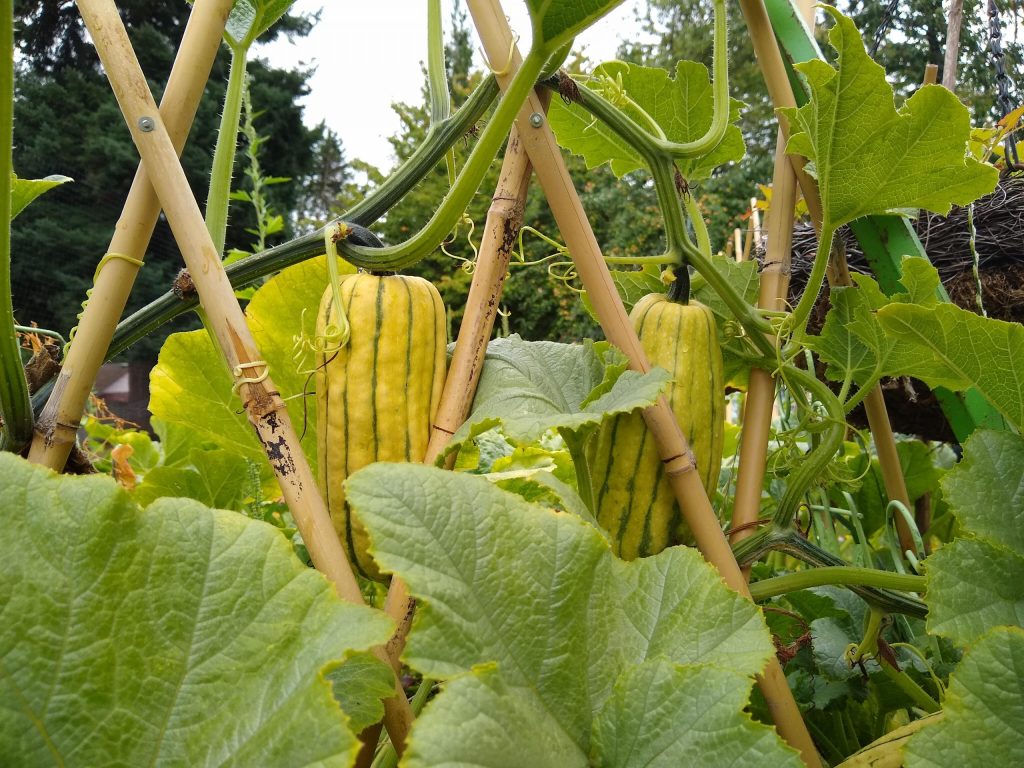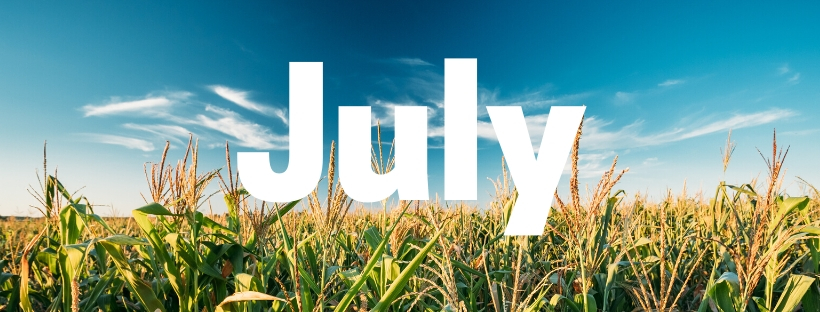It’s time to sit back and enjoy the garden. Take time to enjoy the fruits of your earlier gardening efforts. July is usually one of the best months weather-wise, and a time when little needs to be done to keep the garden in tip-top shape.
Of course, watering may be of major concern if the weather warms up this month. And, if you’re looking for things to do, you can spend some time on cultivating, adding summer plants to the garden, lawn care and planting fall and winter vegetables.
WATERING – The key to good watering is to water thoroughly and deeply, so there is no need to water as often. The second most important point is to use efficient sprinklers or watering devices. Avoid wasting water by using irrigation or directing the sprinkler water onto the lawn, flower beds or vegetable garden. To save water on hot days, try watering in the morning or evening to avoid evaporation.
Hanging baskets and container plantings may need special watering consideration when temperatures get much above seventy degrees. In fact, they may need daily or twice daily watering if it should get into the eighties or nineties. Two of the most over-looked areas are under the eaves of the house and under tall evergreens, so be certain to take time to check the need for watering in these two locations.
FALL AND WINTER VEGETABLES – July is the month to plant out your crops of fall and winter vegetables. Beets, carrots, parsnips, rutabaga, Brussells sprouts, cabbages, cauliflower and fava beans are the fall and winter crops to plant this month. This is also the month to seed your fall cabbage and kale plants.
SUMMER COLOR – This is the time to choose and plant the summer flowering perennials, shrubs and annuals. Most all of these plants are grown in containers so they are easily transplanted into the garden. The summer annuals are available in flowering size plants, commonly called color spots, and provide instant garden color. These plants are usually in 4″, 6″ or one gallon size containers. Planting at this time of year should be done during the coolest part of the day.
Shasta daisies, carnations, sedums, geraniums and delphiniums are among the most popular summer perennials.
Geraniums, fuchsias, begonias, ageratum, salvia, marigolds, petunias and lobelia are a few of the favorite July color spots.
Heathers; hebe; abelia; potentilla; and escallonia are a few of the most popular summer flowering shrubs.
WEEDING – As the weather gets warmer and additional attention is given to watering, weeds are apt to germinate faster and can become a real nuisance if they are not kept under control. So check the vegetable garden, flower beds and the lawn for weeds. Be sure to pull and eliminate them before the weeds mature and flower and go to seed.
LAWN CARE – Watering will probably be of most concern this month, as July is often a rather warm month. Research specialists estimate that the lawn will only need one inch of water per week to keep it looking nice. The key is to water deeply, then it is not necessary to water as often. You can measure the amount of water you put onto the lawn, by simply placing coffee cans or similar containers under the sprinklers, when you water.
If needed the lawn can be fertilized. This is also a good time to pull and eliminate lawn weeds.
CUTTINGS – July and August are two of the best summer months for taking cuttings of evergreens. Among the most popular plants to take cuttings of are rhododendrons, azaleas, junipers, camellias and heather, just to name a few. Take the cuttings from mature tip growth. The cuttings should only be three to six inches in length; remove the lower foliage and dip the cut-end into a rooting hormone solution. Start the cuttings in vermiculite, perlite, a combination of 50% sand and 50% peat moss, or you can use a good top quality potting soil for most cuttings.
Although a lot of people start cuttings at this time, my favorite time of the year for taking cuttings is during the winter months of November, December and January. Keep the cuttings in a warm, sunny spot until they have rooted.
Fall crops to start in July:
-
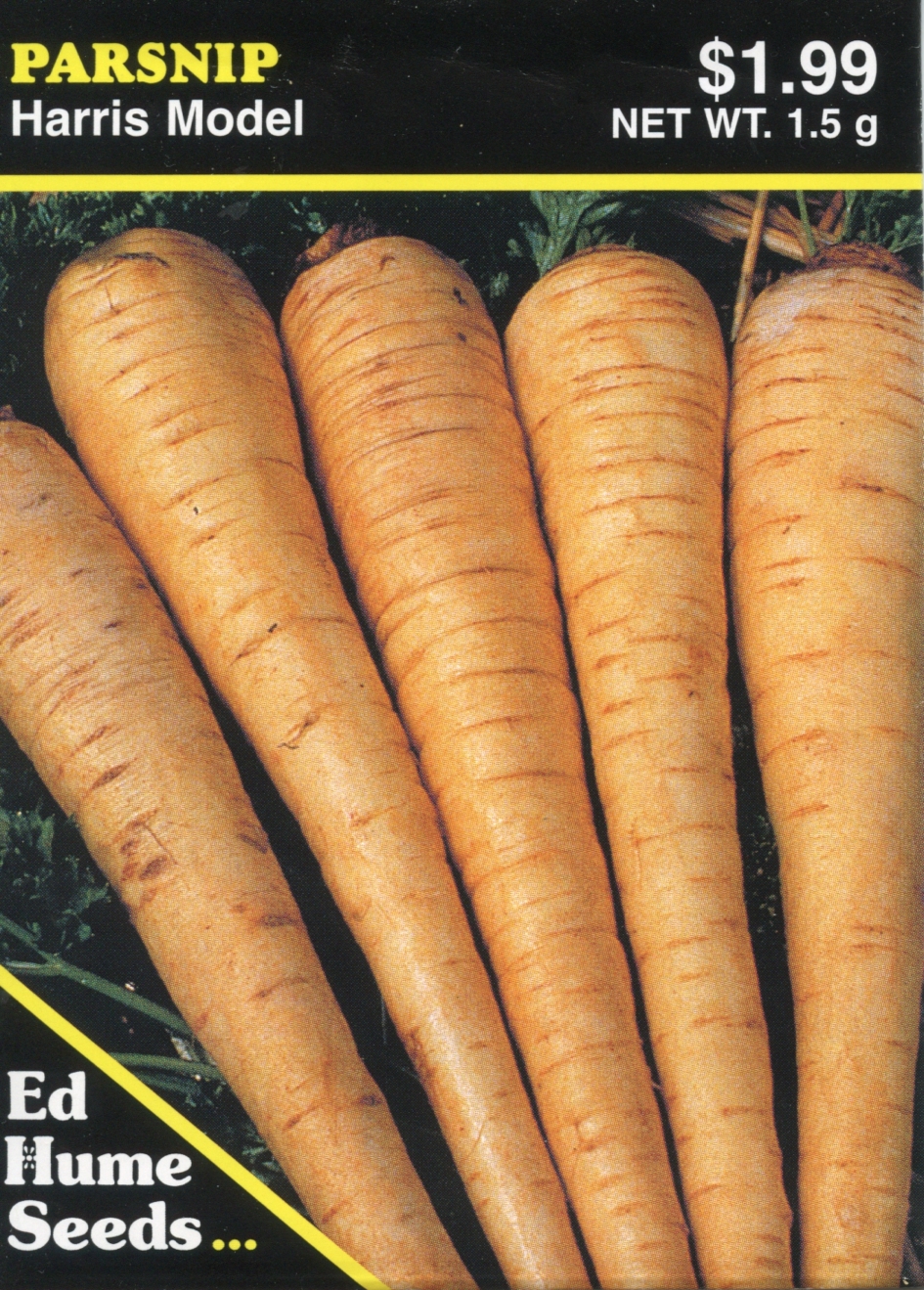 Parsnip – Harris Model$1.99
Parsnip – Harris Model$1.99 -
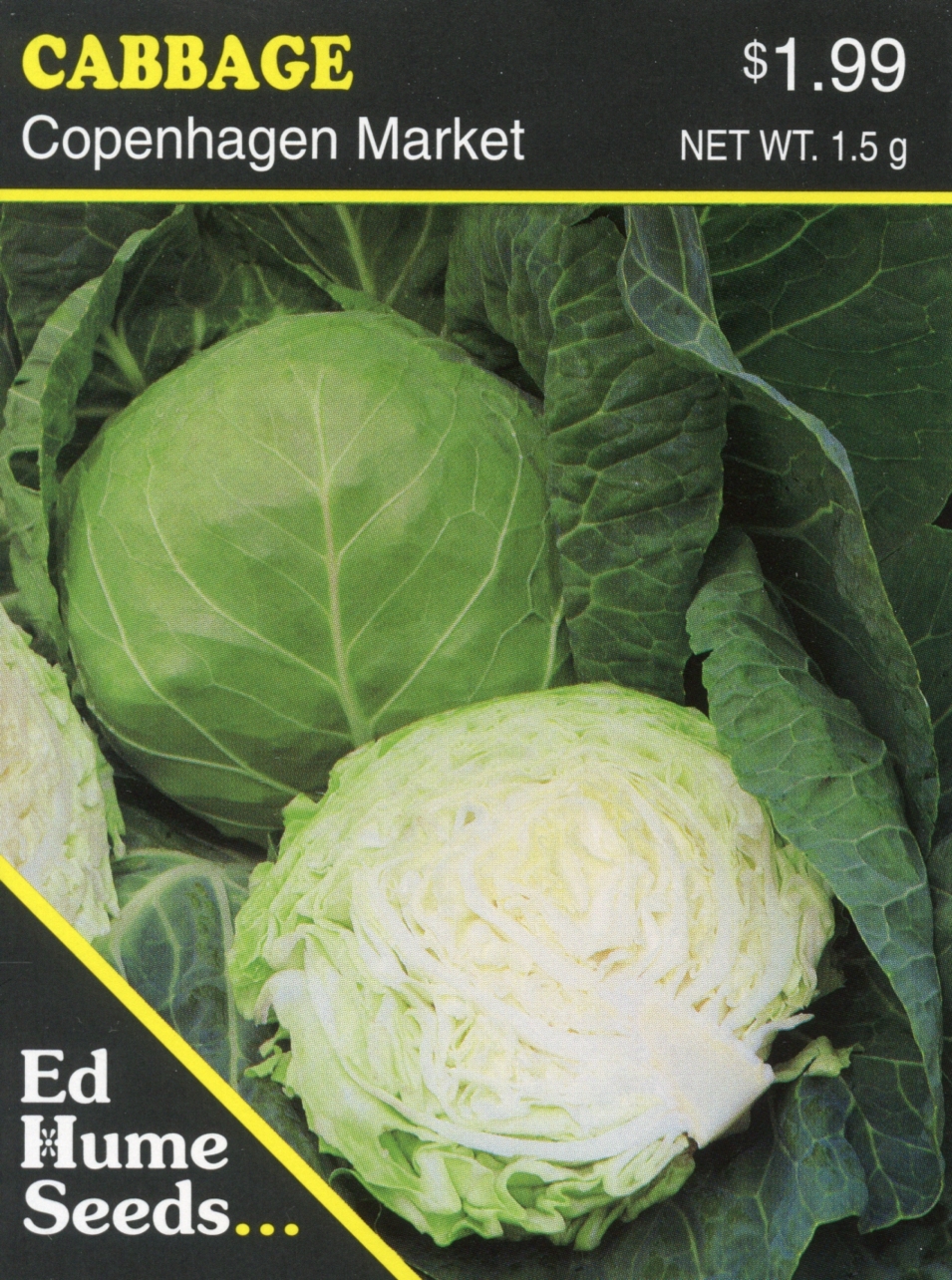 Cabbage – Copenhagen Market$1.99
Cabbage – Copenhagen Market$1.99 -
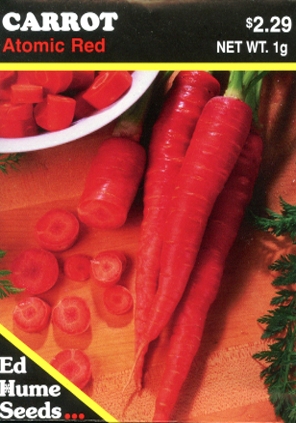 Carrot – Atomic Red$2.29
Carrot – Atomic Red$2.29 -
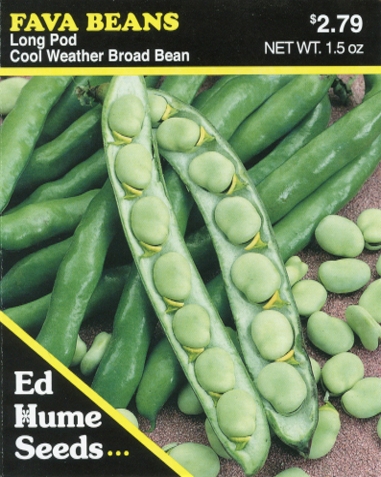 Beans – Fava, Long Pod$2.79
Beans – Fava, Long Pod$2.79 -
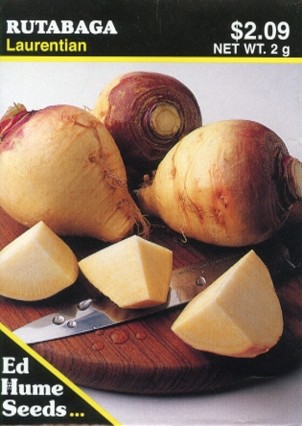 Rutabaga – Laurentian$2.09
Rutabaga – Laurentian$2.09 -
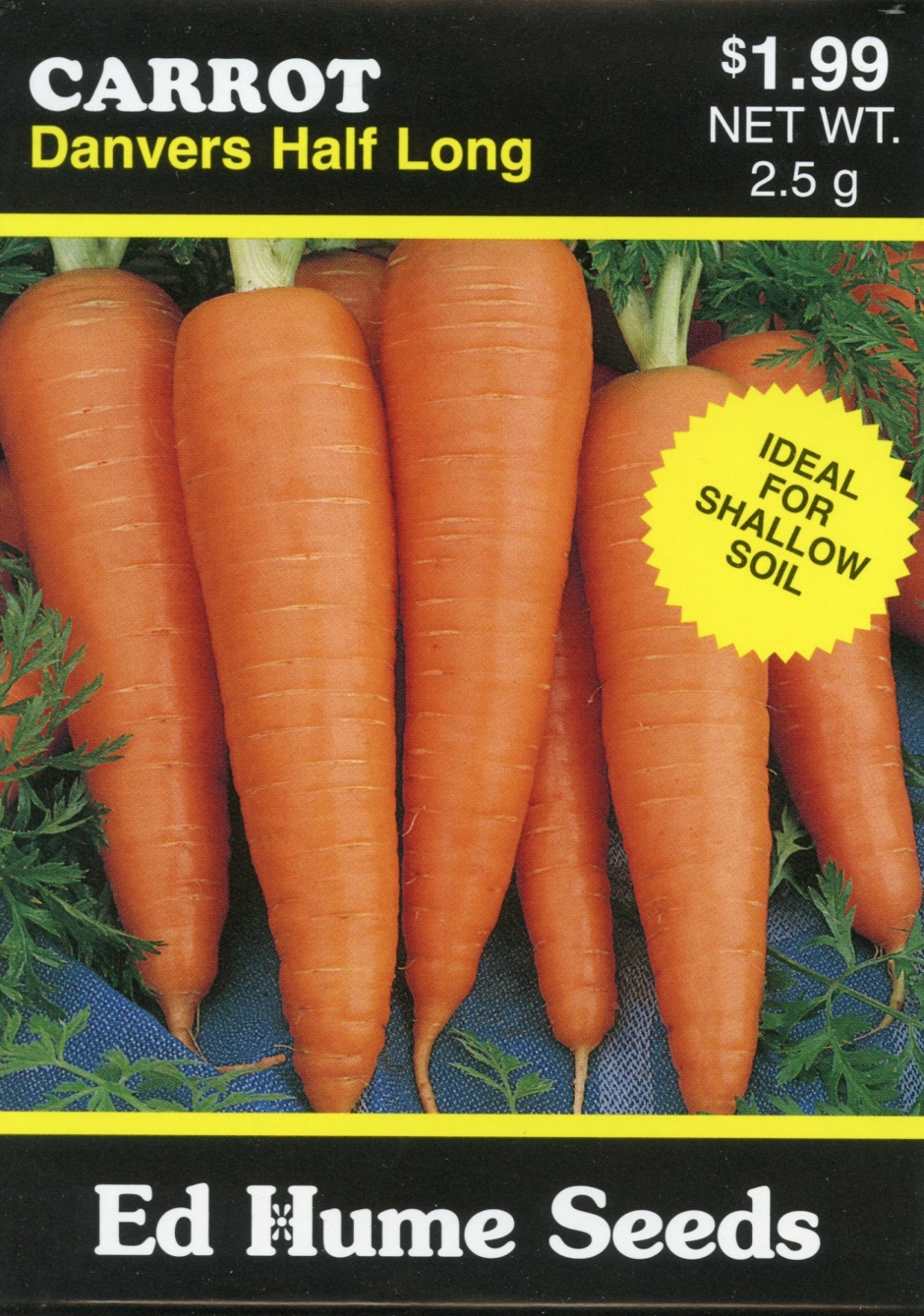 Carrot – Danvers Half Long$1.99
Carrot – Danvers Half Long$1.99 -
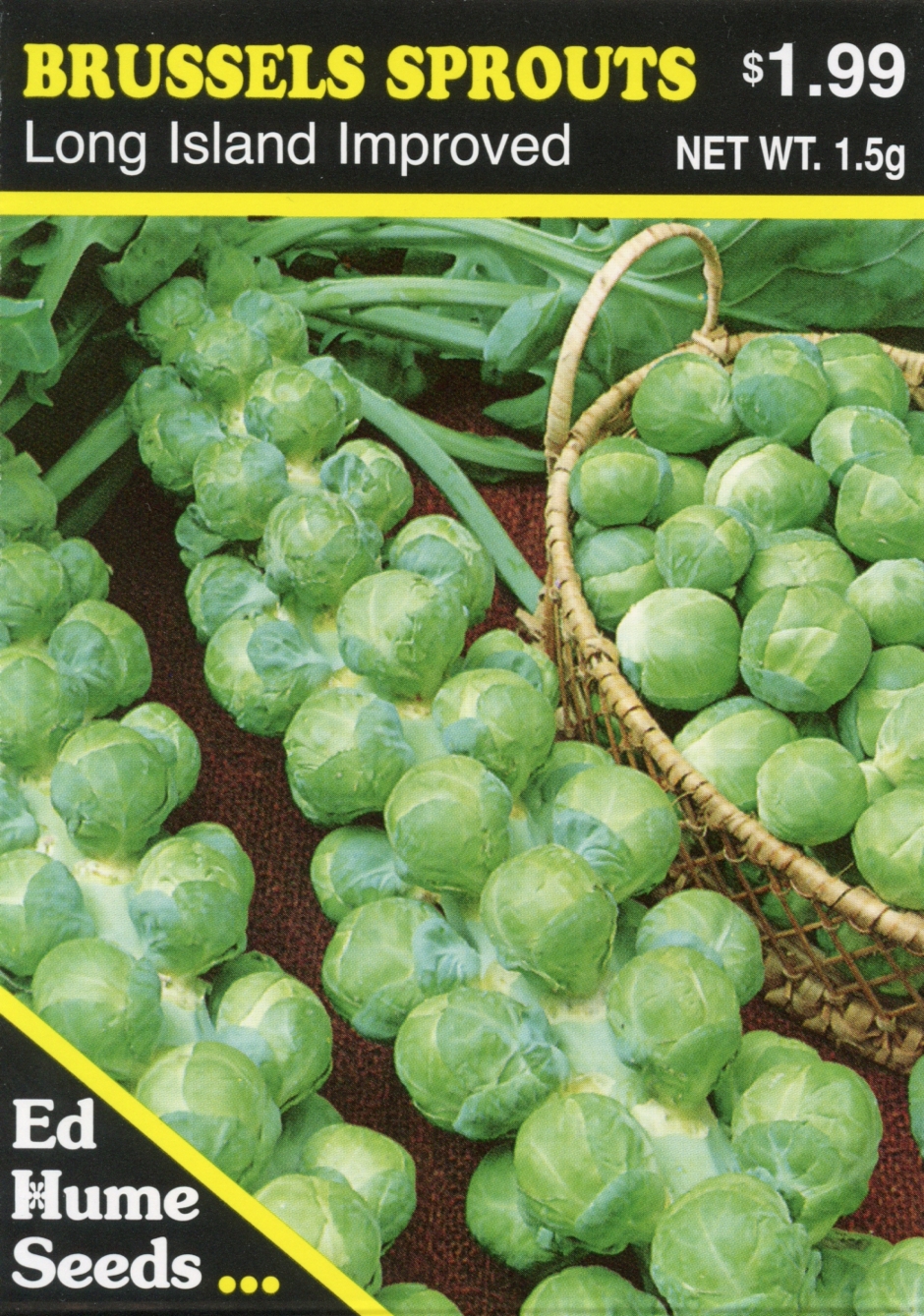 Brussels Sprouts – Long Island Improved$1.99
Brussels Sprouts – Long Island Improved$1.99 -
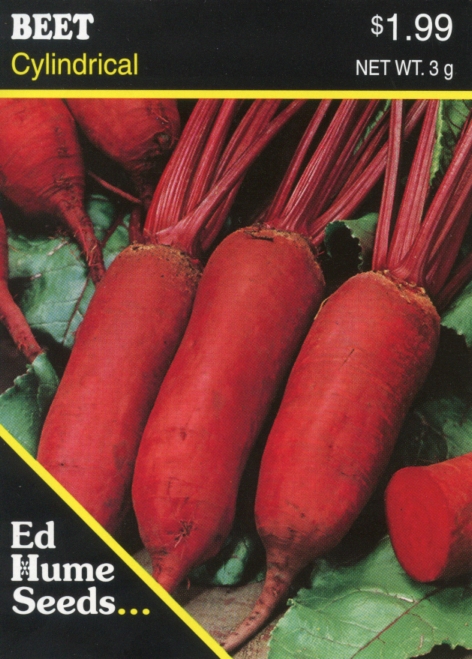 Beet – Cylindrical$1.99
Beet – Cylindrical$1.99 -
 Beet – Chioggia$2.29
Beet – Chioggia$2.29 -
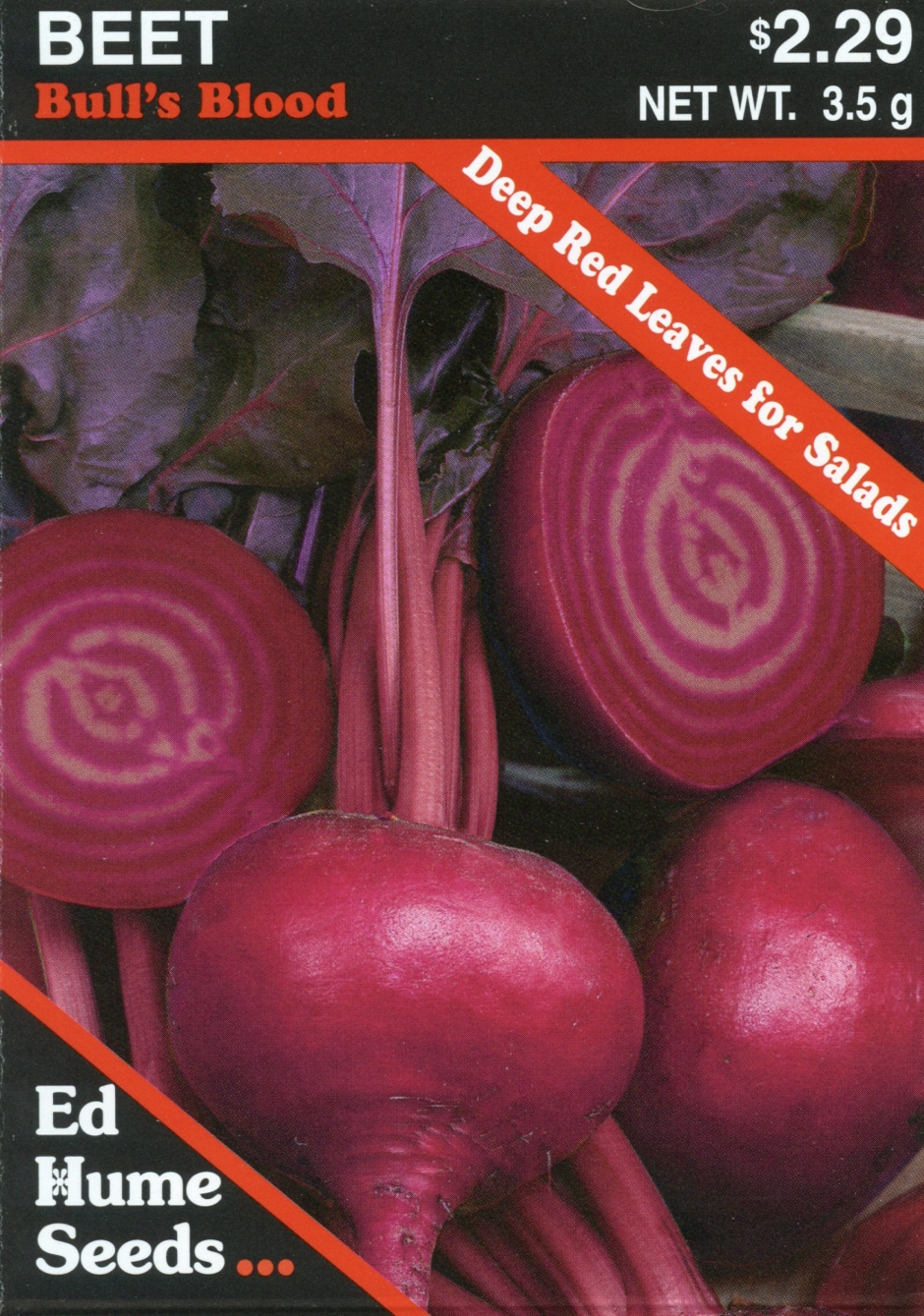 Beet – Bull’s Blood$2.29
Beet – Bull’s Blood$2.29 -
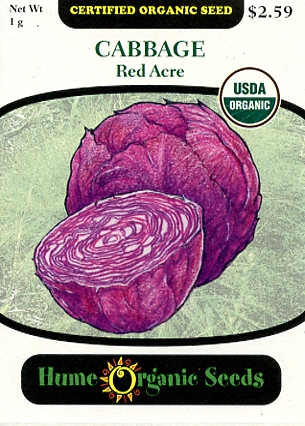 Cabbage – Red Acre Organic$2.59
Cabbage – Red Acre Organic$2.59 -
 Cabbage – Late Flat Dutch$1.99
Cabbage – Late Flat Dutch$1.99 -
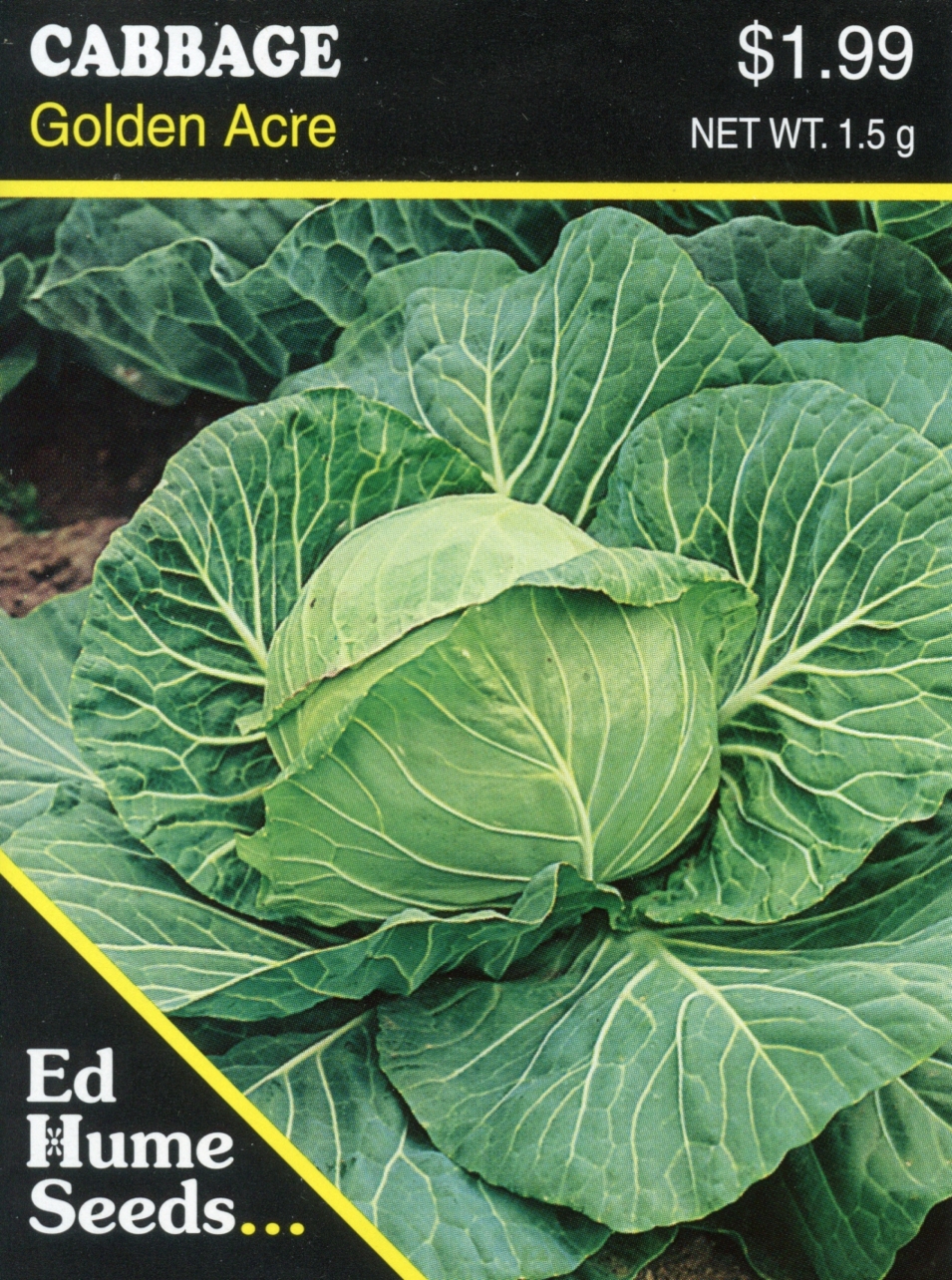 Cabbage – Golden Acre$1.99
Cabbage – Golden Acre$1.99 -
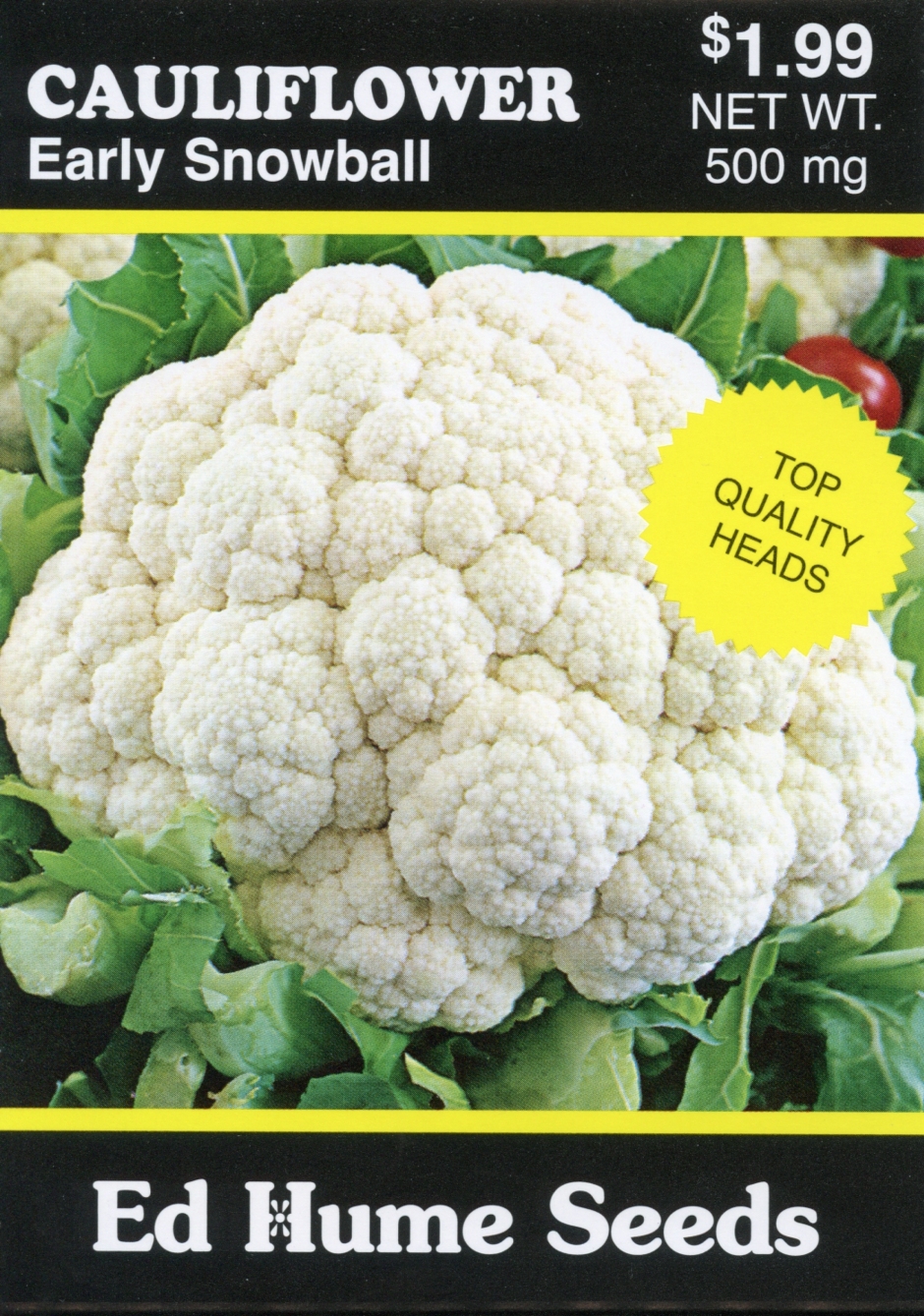 Cauliflower – Early Snowball$1.99
Cauliflower – Early Snowball$1.99 -
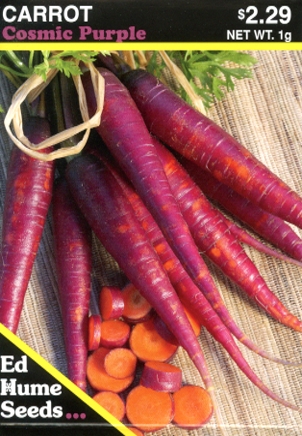 Carrot – Cosmic Purple$2.29
Carrot – Cosmic Purple$2.29
